Best Online Personal Trainer Certification
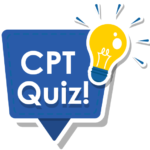
What Cert is Best for You?
We designed this quiz to help you choose the perfect certification based on your learning style and goals.

Watch Our Video: Best Online Personal Trainer Certification
Table of Contents
There has never been a better time to invest in a certification as an online personal trainer.
Not only is the industry as a whole earmarked for expansion — the BLS forecasts a 13% growth rate through 2028 — but the success of brands like Peloton, Mirror, and other online fitness options showcase America’s desire for convenient and at-home training.
Couple this with the closure and uncertain future of many gyms due to coronavirus and you have a cocktail of opportunity for those trainers who are able to adapt to the times.
That said, it may seem like a no-brainer to get an Online Personal Trainer Certification but therein lies the question: what is the best online personal trainer certification and which is right for me?
Luckily for you, Fitness Mentors has done the heavy lifting for you and compiled this list of the best personal training certifications based on the following objective criteria:
- Accreditation: third-party certifying bodies who ensure the health, safety, and standards for the industry.
- Price: the costs associated with the online CPT cert.
- Mentorship Structure: the interaction you can expect with mentors.
- Primary Focus of Education: the primary educational focus you can expect from a particular certification.
- Program Duration: how long the program takes to complete.
- Location of Certification: the country the certification derives from.
- Sign-up Process: what can you expect from the sales and onboarding process.
Today we’ll be looking at these popular online personal trainer certification options:
- Fitness Mentors Certified Online Personal Trainer
- TribeFit
- Online Trainer Academy
- Online Trainers Federation
- PT Distinction University
But before we begin, let’s distinguish some very important characteristics of online personal training certifications and personal trainer certifications you can get online.
Online Personal Trainer Certification VS Personal Trainer Certification Online
Our focus today is on online personal trainer certifications, or certifications that help you learn how to train clients online. Personal trainer certifications online refer to the standard in-person personal training certifications with online study options. An example of the latter would be the Fitness Mentors Certified Personal Trainer course, a class dedicated to certify trainers with the needed credential to train in-person clients.
Now that we are all clear on the differences between the two, let’s learn more about the best online personal training certifications.
Accreditation
Accreditation is one of the most important aspects for personal trainer certifications as it sets the stage for trust and authority. Without an accreditation, trainers (and clients) won’t really know if any professional organization has reviewed the certification curriculum to determine its efficacy.
For consumers, this also ensures their online trainer has gone through the required education to ensure their success and safety. There are certain limitations that exist with an online training environment and a certification helps trainers safely deal with those challenges through additional perspective and understanding of variables — such as form, injury prevention, and communication — that don’t exist as clearly via online mediums.
As it stands today, Fitness Mentors is the only company nationally recognized by the National Board of Fitness Examiners (NBFE), or any other esteemed certification body, to offer an online personal training certification.
Unfortunately, all other online training programs are not third-party reviewed or certified. This is partly due to the fact that online personal training is so new and likely due to the fact that a third-party accreditation is not free for a certification body. Thirdly, most online personal trainer courses are not steeped in science backed information but rather marketability, which makes them unlikely candidates for a third-party accreditation.
Personal Trainer Takeaway: A online personal trainer certification is not a requirement to coach online, however, it does showcase the quality and credibility of a certification as it relates to the trainers and the emphasis on science, business/marketing skills and a college-level curriculum. If this is important to you, the Fitness Mentors Certified Online Personal Trainer is an ideal choice.
Price
The Price includes the cheapest study option and final exam, where relevant. Keep in mind, however, that each of these products is not a formal certification, some are geared to be marketing tools above all else. They are noted accordingly.
Fitness Mentors: $699. Option to add a weekly mentorship program for $199/month.
TribeFit: $3,500 (3 month coaching program). Not a certification.
Online Trainer Academy: $799 for shortened course and $1,999 for complete course. Also offer level 2 Mentorship for a Monthly fee (Estimated at $400-$1000 per month)
Online Trainers Federation: Their bare bones intro course (not a certification), OC 101, is $199. It only runs twice per year, with the goal to upgrade you to the Elite which is estimated to run $300 – $600 per month.
PT Distinction University: Various courses with a la carte pricing. $1,100 for complete course package. Not a Certification.
Personal Trainer Takeaway: There are a lot of options for courses and the depth of the educational options are reflected in the costs. If you are just looking for one-off courses on very specific knowledge, the PT Distinction University has the lowest barrier to entry in terms of cost. You’ll sacrifice depth of knowledge here, however. If you are looking for in-depth knowledge from the ground up on how to become an online trainer, create a business, and market it, the most comprehensive courses are the Fitness Mentors COPT and Online Trainer Academy.

What Cert is Best for You?
We designed this quiz to help you choose the perfect certification based on your learning style and goals.
Mentorship Structure
Today’s trainers may feel a bit overwhelmed when trying to take in all the components of online training. In addition to knowledge in program design, physiology, injury prevention, and client achievement, certain aspects of online training can be particularly challenging.
For example, learning how to set up your business for online training, taking your business online if you have existing in-person clients, learning how to generate online leads, and caring for clients via online mediums can be a struggle for many trainers unaccustomed to these challenges.
Each program may have different approaches in terms of access to mentors versus having students solely rely on the digital assets they are provided.
The Fitness Mentors Certified Online Personal Trainer has roots in college-level curriculum creation and has established real trainers as mentors into its program. In addition to access to instructors via phone or email, students can also leverage Facebook support groups to ask questions and help them gain real-world understanding of course contents.
TribeFit is thought to provide email access to a competitor. It was difficult to find any info on the site.
The Online Trainer Academy also provides direct access to fitness business mentors via online chat and phone, as well as engagement with Facebook. Their Level 2 appears to have a weekly mentorship call, but exact information is not posted on their site.
Online Trainers Federation: Students have access to a Facebook group with non-paying students and paid students as well as the option for a weekly call that is only included in the Elite Program. Difficult to find any info on the site.
PT Distinction University has little to no mentor interaction as it seems the entire suite of coursework is built into their bundles or modules.
Personal Trainer Takeaway: The concept of online personal training can be daunting for some and access to real mentors invaluable in determining success. For trainers who are interested in a legit point of contact that is dedicated to your understanding of important concepts, opt for a certification with access to mentorship.
Primary Focus of Education
Program Duration
Program duration refers to how much time it takes to complete the course or the investment of learning you can expect from each course.
- Fitness Mentors: 60-80 hours or one to two months, self-paced.
- TribeFit: 3 months
- Online Trainer Academy: 32 hours of content, self-paced.
- Online Trainers Federation: 2 weeks for OC 101 introductory course. Elite course is continuous weekly meetings.
- PT Distinction University: A la carte courses with varying lengths, self-paced.
Personal Trainer Takeaway: Consider the length of the course into your final decision as it relates to how quickly you may be able to monetize online training. However, consider that the more knowledge-rich courses will obviously demand a greater time investment for good reason.
Location of Certification
The Location of Certification refers to the country where the certifying company is located.
Fitness Mentors: USA
TribeFit: AUS
Online Trainer Academy: Canada
Online Trainers Federation: Canada
PT Distinction University: UK
Sign-up Process
We found that many courses have a considerable amount of salemenship involved in the sign-up process. Some students interviewed did not like that they were pressured to purchase a course via a sales call and preferred the straightforward approach of an easy checkout process. In the Online Training Education industry sales calls are used for very high ticket products to try and build the most value.
- Fitness Mentors: Open enrollment, start when ready, proceed at your own pace. No pushy sales calls.
- TribeFit: Introductory call and then a sales call.
- Online Trainer Academy: Open enrollment, start when ready, proceed at your own pace. No pushy sales calls.
- Online Trainers Federation: Enrollment once every six months for intro course. Sales call required for the Elite program.
- PT Distinction University: Open enrollment, start when ready, proceed at your own pace. No pushy sales calls.
Personal Trainer Takeaway: When it comes to the online world, many of us like it because it is convenient. Numerous students we spoke to strongly disliked having any sort of sales calls involved to get started with a course and preferred options where they could checkout online and interact with mentors on an as-needed basis.
Online Personal Trainer Certification FAQ
How do I become an online personal trainer?
To become an online personal trainer it is advisable to first have a certification in personal training. Then, it is up to you to choose the type of online training you want to offer clients and how to market your services.
How much should I charge for online personal training?
The amount you charge for online personal training greatly depends on the service you offer, your experience as a trainer, competitor rates, the economy, the target population of your services, and your cost to train a client.
How big is the online personal training and coaching space?
There are 330,000 personal training jobs forecast in the US by 2026. The exact number practicing online training is unknown.
What is the most effective approach to starting an online personal training business?
The best approach to starting an online personal training business is to transition your existing in-person clients over to online clients. This allows you to get better at online training and expand your existing services to further monetize existing clients rather than starting from scratch.
Is online training as good as in-person training?
Online training has many advantages over in-person training including: time-savings, flexibility, recording options, cheaper training sessions for clients, sharing of digital assets (meal plans, DIY workout programs, etc). They are different but can be equally effective in terms of client results.
So What is the Best Online Personal Trainer Certification?
The best online personal trainer certification is the one that is best for you. Each course has its own unique product position as well as educational focus. Some focus on the full stack of knowledge you’d want to know about understanding the industry, focusing on a niche, and building a business from scratch. Others assume you already have training experience and are just adding another element to your offerings in the digital space. Other certs focus extensively on marketing and bypass business development fundamentals altogether.
At the end of the day the choice is a subjective one. You have to ask yourself what you want to get out of an online personal training certification and then find the course that works best for your specific goals.
If you have any questions about any of the courses we covered or want to provide some suggestions based on your experiences with the course, please leave them in the comments below.
- 4.8 Star Rating
- 300+ Reviews
- 30,000+ Students
- 16 Courses
BS Kinesiology, NASM-CPT, CES, PES FNS, MMAS, WLS, FM-CPT, ACE-CPT, Master Personal Trainer
Eddie Lester is the founder and CEO of Fitness Mentors. With more that 17 years experience in the health, fitness and athletics field, he has helped tens of thousands of personal trainers transform their careers and reach their business goals. With a background in Kinesiology and Exercise Physiology Eddie has assisted in research that is spearheading the exercise science field.
His in-depth knowledge of the Health, Wellness and Fitness industry has earned him a place as a regular contributor on high profile sites such as the Personal Trainer Development Center, (Dan to list top sites) online where he writes about nutrition and personal training.
His contributions to help personal trainers include a weekly blog, podcast, youtube channel and multiple books including: Business and Sales: the Guide to Success as a Personal Trainer.
Eddie’s Philosophy often times includes focusing on the bigger picture in which daily positive contributions lead to a major impact on himself, his family, his community and the world.
Eddie is commonly found at the beaches of Southern California with his wife Courtney and five kids.




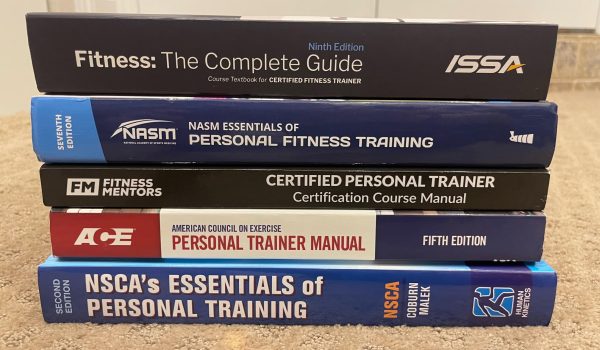
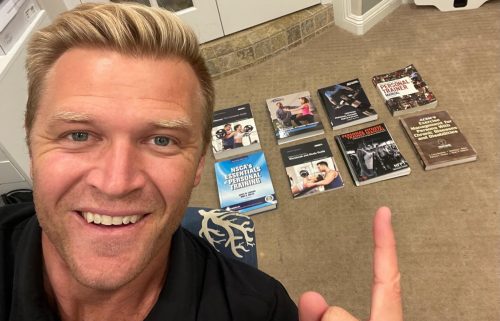
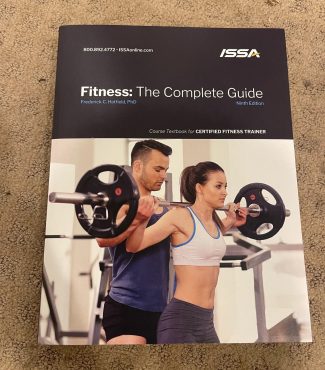
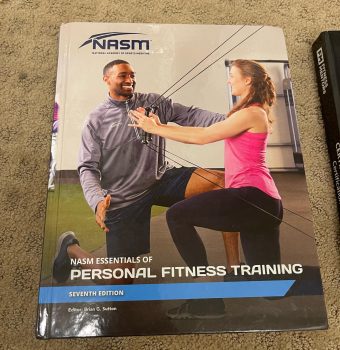
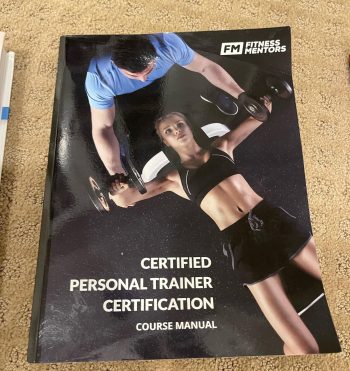
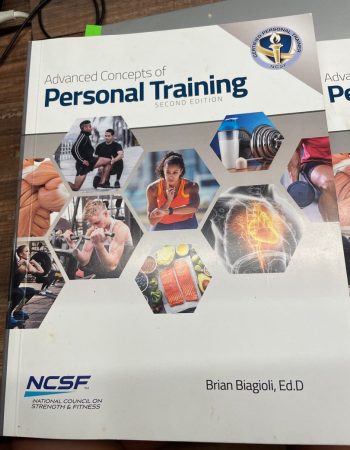
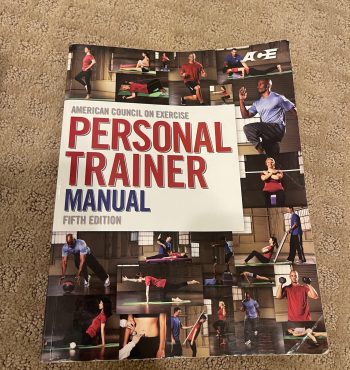
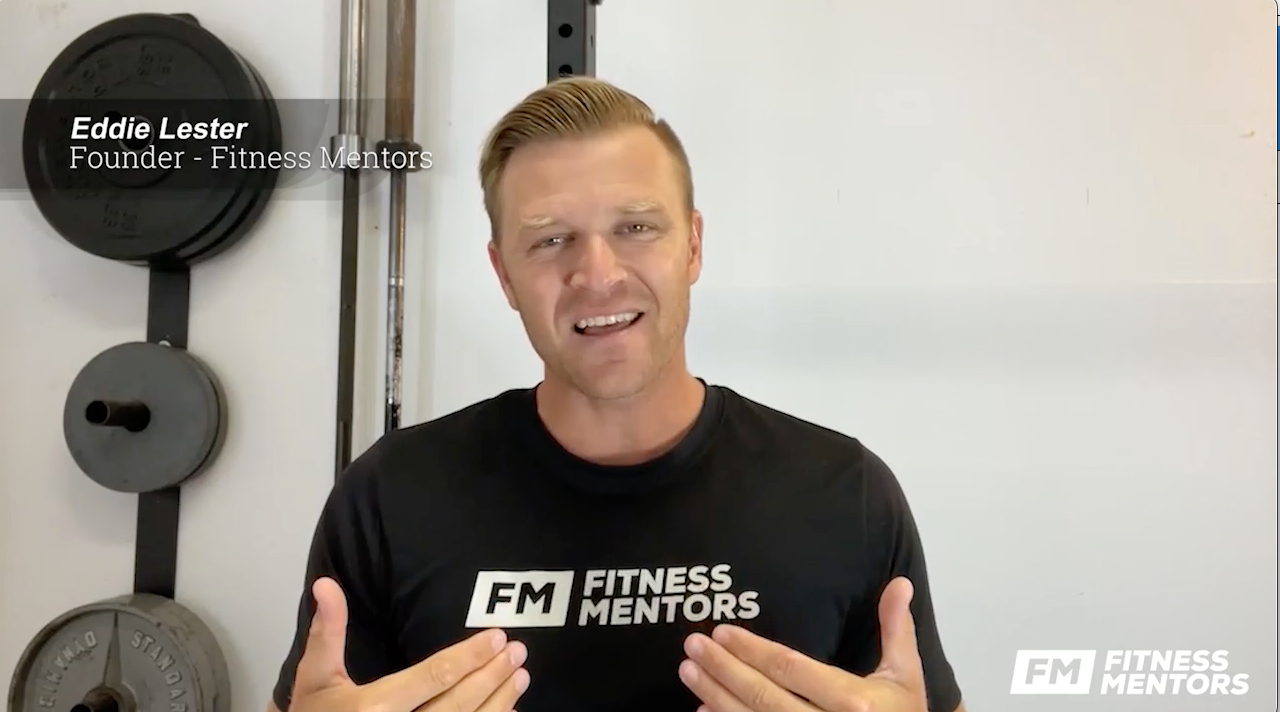




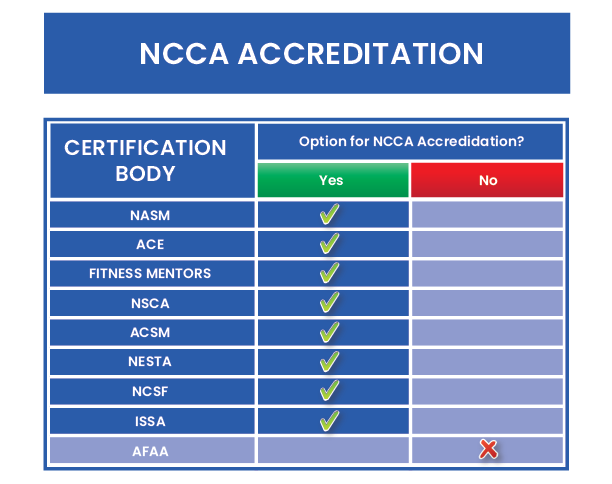
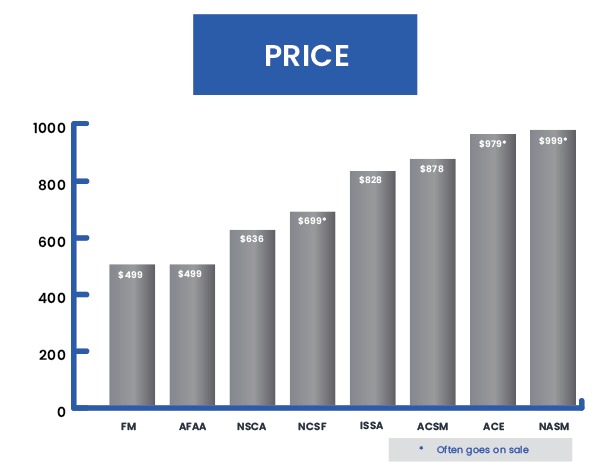
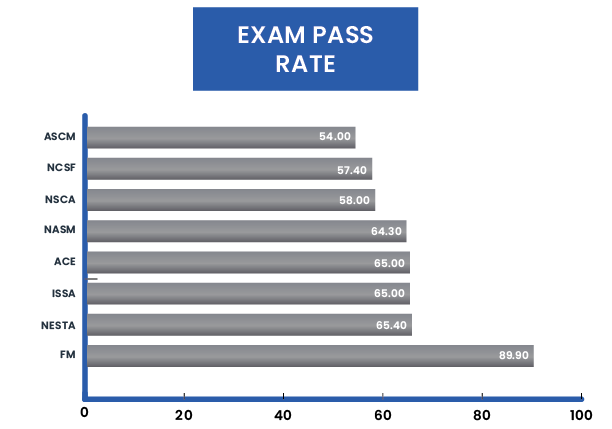
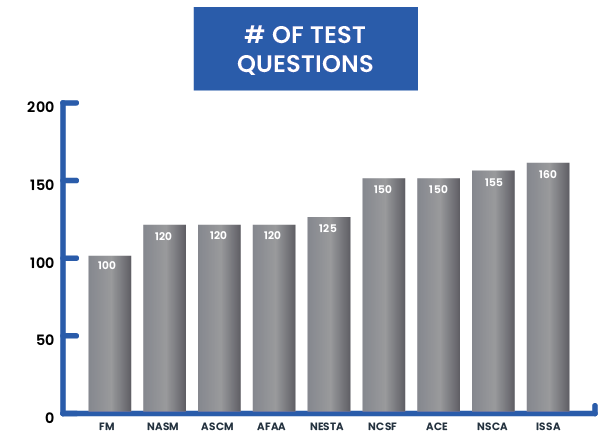
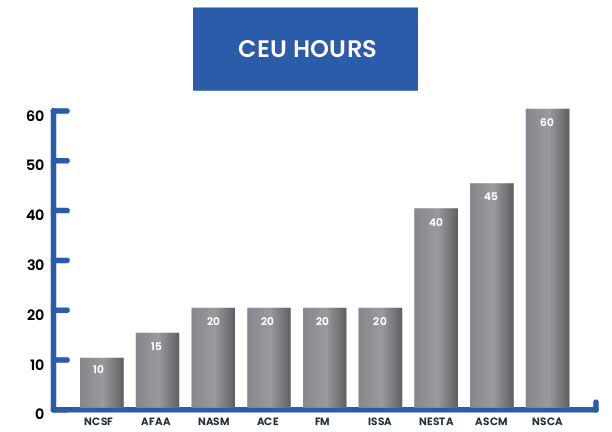
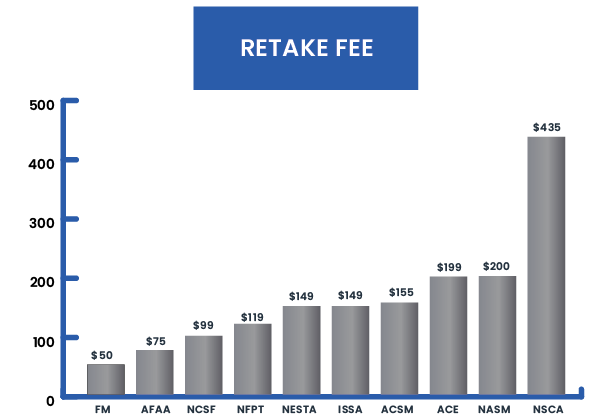
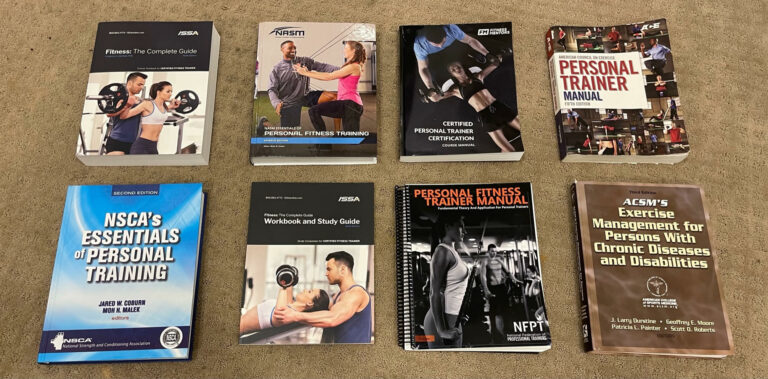
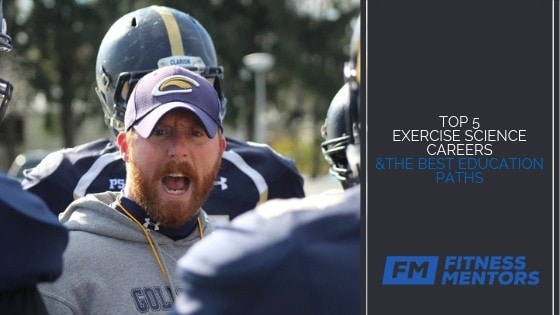




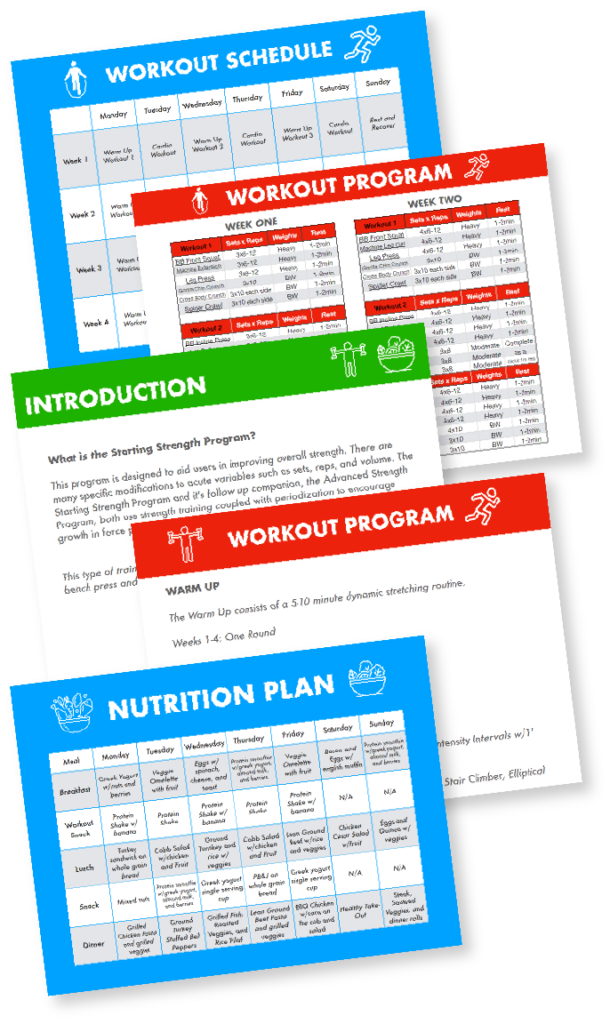

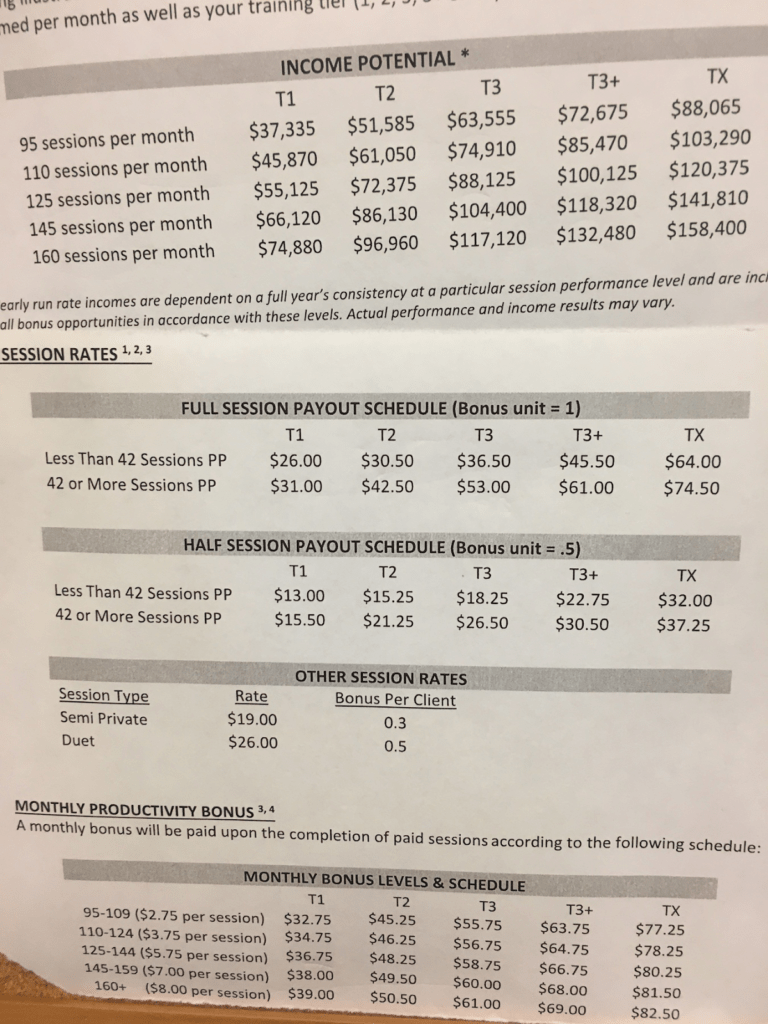

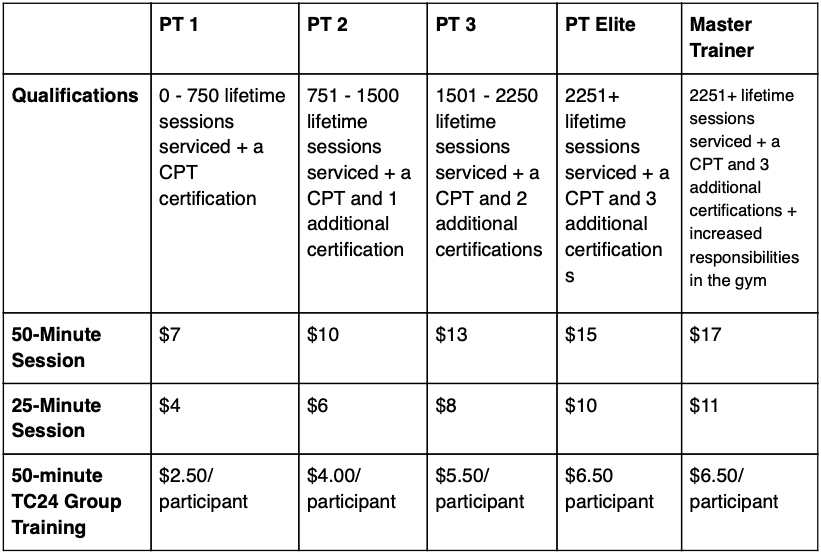



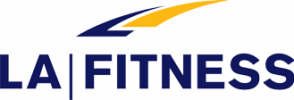


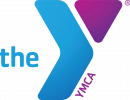
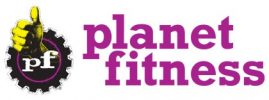









Bachelor’s degrees will open you up to mid-level jobs in the fitness industry. Examples of these degrees include Bachelor’s in Sports Management, Health Sciences, Nutrition Science, or Health and Wellness. Graduate degrees, like master’s and doctorate, qualify for higher-level positions. These programs might include a master’s in Exercise Science and Wellness or Human Performance, an MBA in Health Care Management, a Ph.D. in Education for Sports Management, or a medical degree in Sports & Athletic Management. While personal training only requires a certification, you can also get an associate’s degree in Exercise Science, giving you a solid foundation to start personal training.